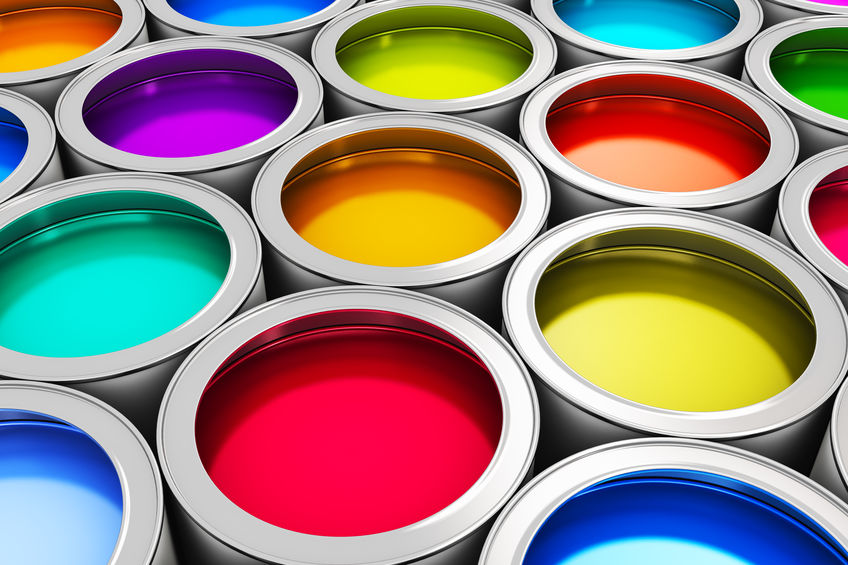Have you ever walked into a room and felt immediately relaxed? It may have been the furniture, or how the room itself was arranged, but it may have also been the color of the walls. Colors have long been associated with moods. Many Western cultures, for instance, connect blue with sadness and red with love. Meanwhile, in several Asian cultures, blue is a symbol of immortality, and red represents joy or happiness.
While colors can symbolize moods, they can also affect our feelings. Known as color psychology, this phenomenon might make you pause before you paint your next room. Read on to learn more:
What is color psychology?
Color psychology is less a scientific term than it is a marketing one. It relates to how colors can impact human behavior. Color, after all, evokes feelings. This doesn’t mean that you’ll burst into tears at the sight of something blue, but it might make you more likely to choose one brand over the other. We all have some sort of emotional reaction to color, no matter how subtle, but that emotional reaction is extremely individualized. While many have tried to create general guides on the symbolism of various colors (for example, some might say that yellow portrays optimism), research has shown that how someone reacts to color will depend on their personality, upbringing, and culture.
Yet, we can at least all agree that color plays on our emotions, even if that emotional experience varies from person to person.
It’s all about the context
As we said, how color impacts our moods or thoughts is always very individualized. You may feel at ease in a red room, while someone else may feel on edge. Why does this happen? Because it all depends on the context, specifically what items or events that we associate those colors with. One 2011 study, for example, examined how students at Berkeley and Stanford (archrival institutions) reacted to each other’s school colors. The Berkeley students had positive reactions to blue and gold colors (their school colors), while the Stanford students had negative reactions. The opposite was also true—the Berkeley students disliked the Stanford red and white, while the Stanford students liked the red and white.
What color to paint your room
If you’re struggling to find the perfect paint color for your home, some knowledge about color psychology may help. Again, color psychology cannot be generalized—everyone will have a different reaction to a particular color or color scheme. However, it can help you decide on the right color for your home. Take a look at the various colors you’re choosing between. Do any of them elicit any reaction from you? Does one color make you feel more relaxed than another? Once you’ve narrowed down on a few choices, paint a section of your walls with each color. Then, sit in the room and again examine how these colors make you feel. Sometimes listening to your intuition can make a world of difference when deciding on interior color schemes.
BOTTOM LINE: If the color makes you HAPPY, if the color makes you SMILE…it’s your color!
Once you’ve decided on a paint color, it’s then time to get that color on the walls. When that time comes, be sure to contact a professional painting contractor such as Richard Stewart Painting. With over three decades of experience painting residential and commercial interiors, we can help you paint your home with ease. Give us a call today at 1-818-951-1181 to get started.





Recent Comments